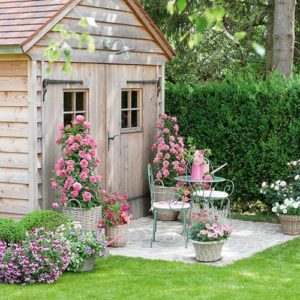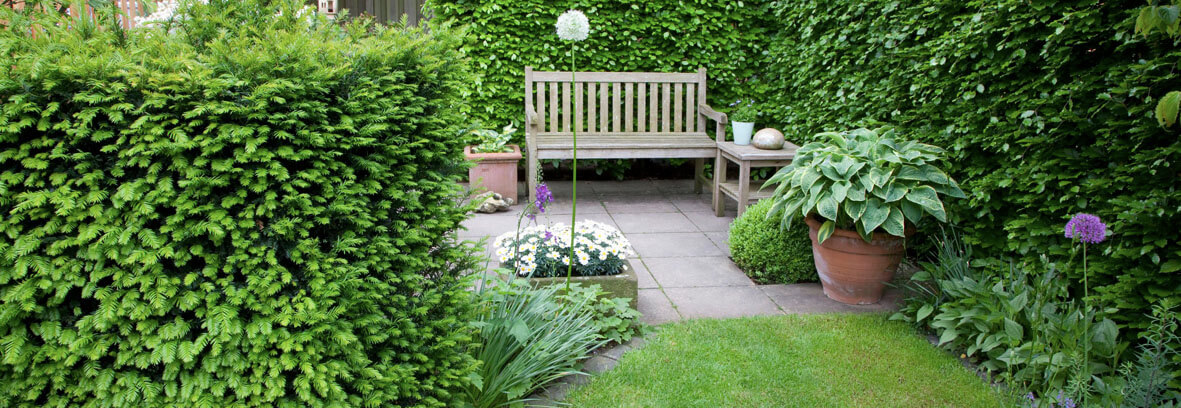-
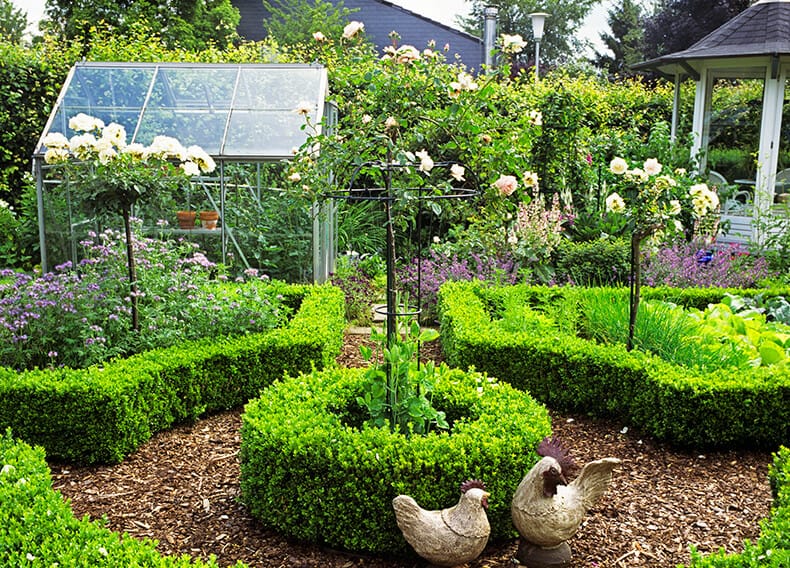
This whimsical cottage garden stays tidy-looking by using boxwood hedges to add
structure.
-
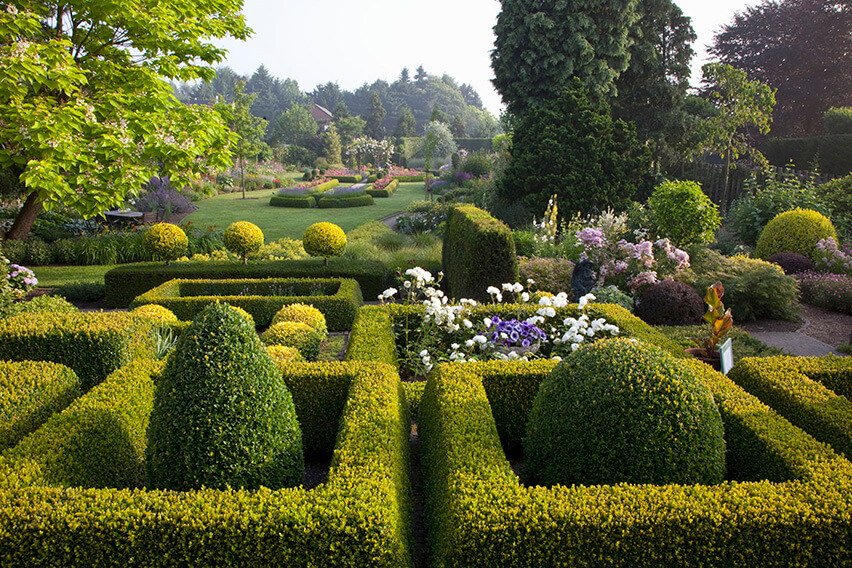
Large, sloping properties benefit from using hedges to add stabilize the soil as well
as
adding structure and beauty to the landscape
-
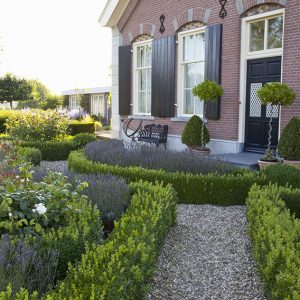
Historic homes and country settings can use low boxwood hedges to line paths and
highlight courtyards and patios.
-

This cottage garden is quiet and private thanks to the tall beech privacy hedge.
-
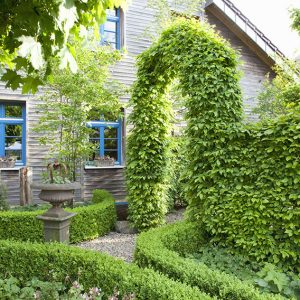
Boxwood and beech hedges are used in this cottage garden to create an inviting
entryway
between the front and back yards
-
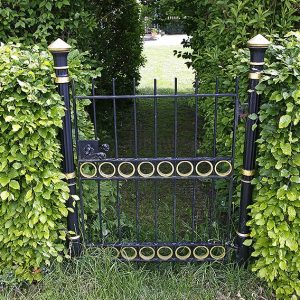
A secret garden gate is revealed between the beech hedges for a sense of fun and
intrigue.
-
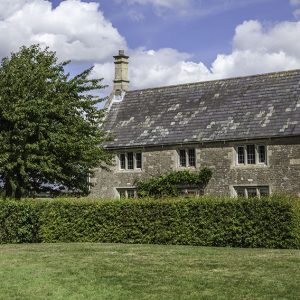
-

This cottage garden juxtaposes the wild, climing rose and untamed grasses against the
carefully clipped boxwood hedges for a beautiful effect.
-
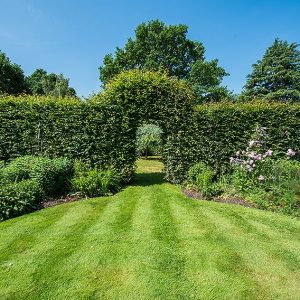
Garden rooms are an effective way to give a garden dimension and usefulness. Create
separation with a beech hedge.
-
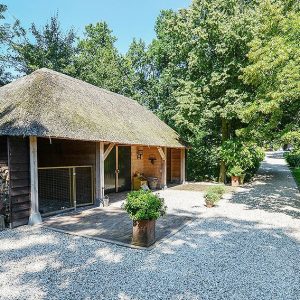
A thoughtful border provides some privacy to this outdoor living space at a cottage
in
The Netherlands.
-
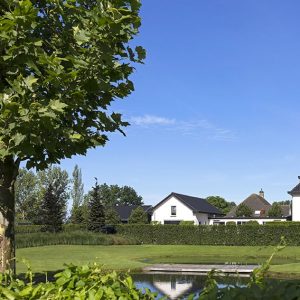
With InstantHedges, outdoor living areas can have instant privacy without having to
wait
for individual plants to form a hedgerow.
-

European beech (Fagus sylvatica) trimmed to varying heights creates an intentional
screen
for this country garden courtyard.
-
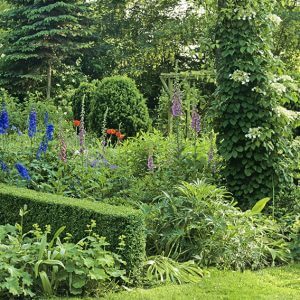
A boxwood (Buxus) hedge can be kept narrow to create a partition between various
plant
groups in a multi-layered cottage garden.
-

This outdoor space is framed thoughtfully with well-maintained yew (Taxus) hedges.
-

With sophisitcated hedges, even a garage/storage building like shown here can be made
less noticeable in a commercial landscape application.
-
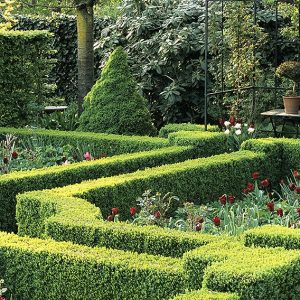
Footpaths are neatly bordered in a knot garden style with boxwood (Buxus) hedges in
this
country garden.
-
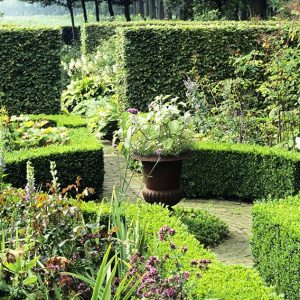
1
-
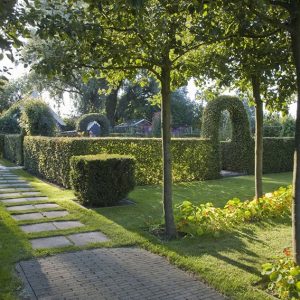
Older hedges like this European beech (Fagus sylvatica) can be trained to form an
arch or
gable.
-

After several years of careful training, this European beech (Fagus sylvatica) hedge
has
been kept low but another portion has been encouraged to grow into an arch.
-

Different sections of this country cottage garden have been distinctively marked by
layers of European beech (Fagus sylvatica) hedge.
-
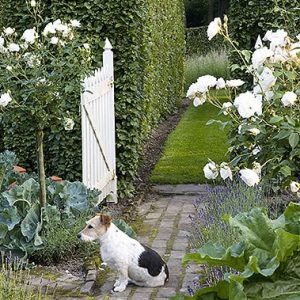
Mature hedges can form very effective outdoor walls like those nearly 8 feet tall
pictured here!
-
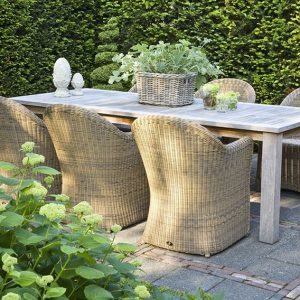
This elegant yew (Taxus) hedge not only provides an effective screen but also creates
an
elegant backdrop for an outdoor living area.
-
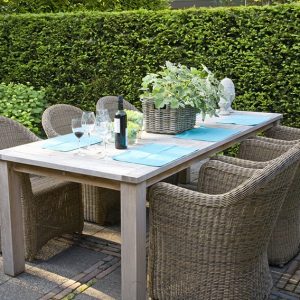
This elegant yew (Taxus) hedge not only provides an effective screen but also creates
an
elegant backdrop for an outdoor living area.
-
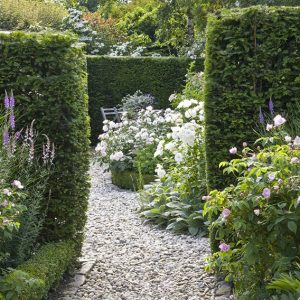
Separate areas of the garden can be separated into rooms with a living "wall" like
this
yew (Taxus) hedge.
-
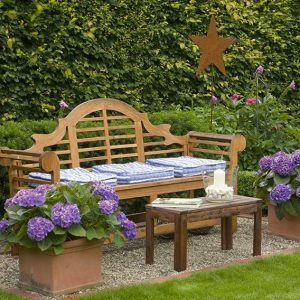
Both a taller European beech (Fagus sylvatica) and a shorter yew (Taxus) hedge help
to
border this outdoor room.
-
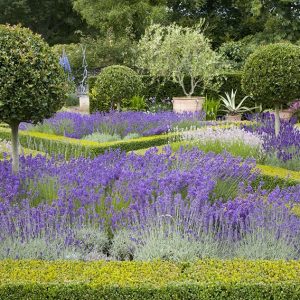
A low boxwood (Buxus) hedge as well as a taller yew (Taxus) hedge can be used in
conjunction with one another to create an outdoor courtyard.
-
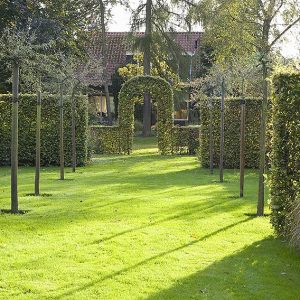
Older hedges like this European beech (Fagus sylvatica) can be trained to form an
arch or
gable.
-

Hedges can be used in combination with gates to make a private area in a favorite
part of
the garden.
-

Walkways around this pond are bordered symmetrically with boxwood (Buxus) hedges.
-
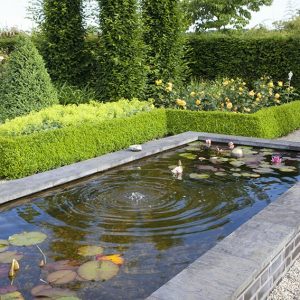
Walkways around this pond are bordered symmetrically with boxwood (Buxus) hedges.
-

Boxwood (Buxus) hedges are the ideal type of hedge for framing walkways and defining
paths.
-
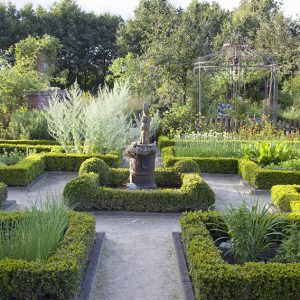
Artistic symmetry can be implemented in a formal garden with the use of
uniformly-grown
boxwood (Buxus) InstantHedges.
-
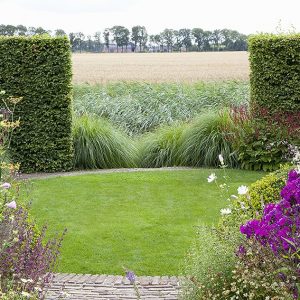
European beech (Fagus sylvatica) creates a boundary between this cottage garden and
an
open field.
-
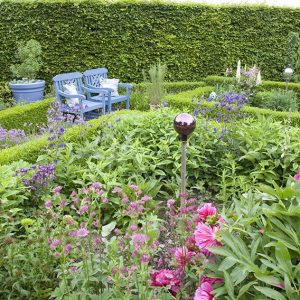
Flowering plants are readily contained within beds by using a low boxwood (Buxus)
hedge
as a border in a country garden such as this.
-
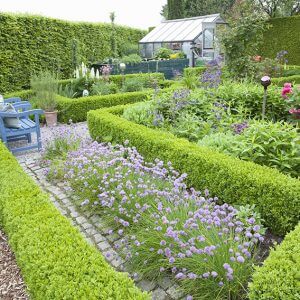
Various parts of the garden can be clearly defined with carefully-placed boxwood
(Buxus)
InstantHedges.
-
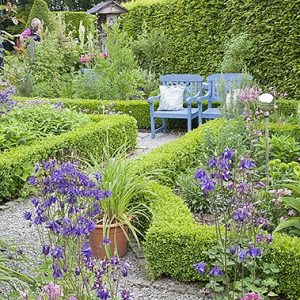
Various parts of the garden can be clearly defined with a tall leafy hedge of beech
(Fagus) or hornbeam (Carpinus) like shown here.
-
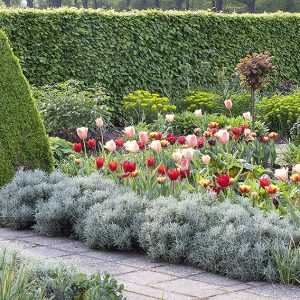
Hornbeam hedge form a wonderful backdrop behind colorful flowers and other plants.
-
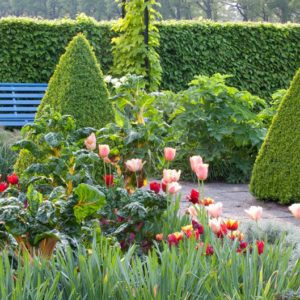
-
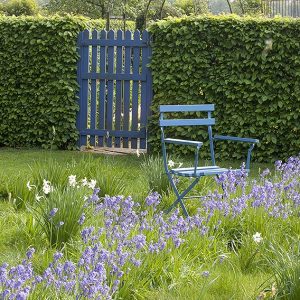
Hornbeam privacy hedges help create peaceful garden spaces to rest and think.
-
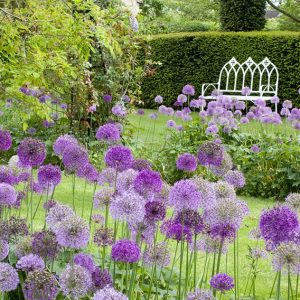
Stunning, colorful plants look best when set against a verdent background like the
leafy,
dark green hedge shown here.
-
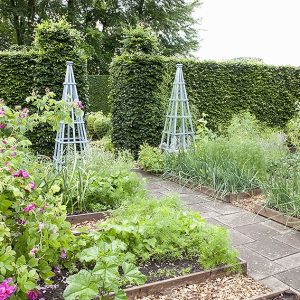
Deer and other unwanted visitors can be deterred from entering an herb/vegetable
garden
by creating a barrier around the beds.
-
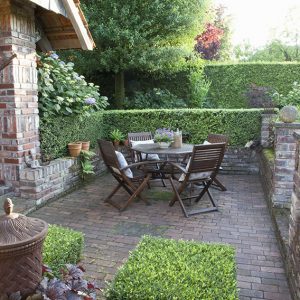
Boxwood (Buxus) hedges used along with brick creates a splendid contrast between
texture
and color that is quite complementary.
-
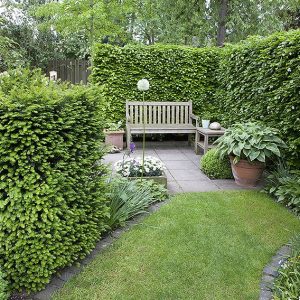
A garden nook such as this feels much more cozy with living hedges of yew (Taxus) in
the
foreground and beech (Fagus) in the background rather than cold, impersonal fences.
-
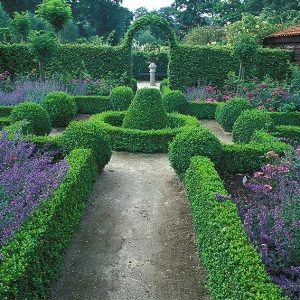
Artistic symmetry can be implemented in an elegant country garden with the use of
uniformly-grown boxwood (Buxus) InstantHedges with a taller European beech (Fagus) hedge behind.
-
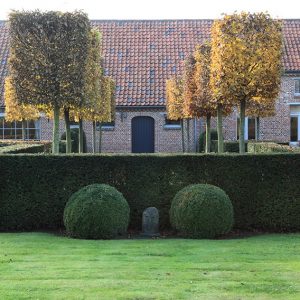
Even after many years, a well-maintained yew (Taxus) hedge like the one pictured here
at
a European estate forms a dense hedge to the desired height.
-
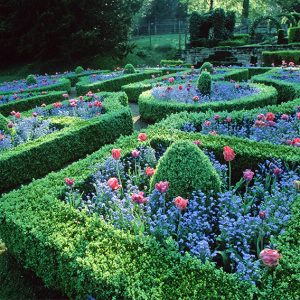
Knot gardens almost always showcase boxwood (Buxus) which looks very nice when
interplanted with perennials and other flowering plants.
-
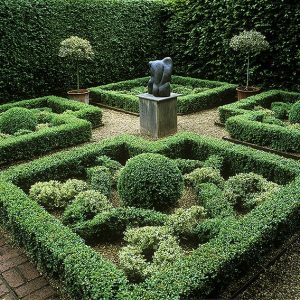
A sophisticated knot garden like this can be achieved instantly with boxwood (Buxus)
hedges as well as European beech (Fagus sylvatica).
-
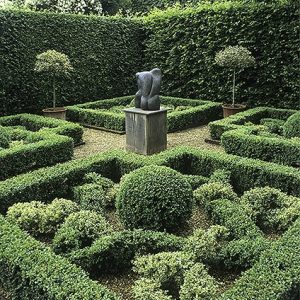
A sophisticated knot garden like this can be achieved instantly with boxwood (Buxus)
hedges as well as European beech (Fagus sylvatica).
-
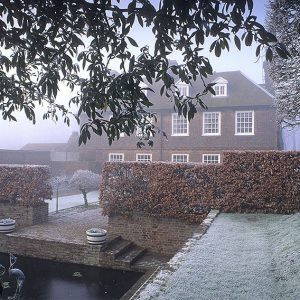
Even in winter, European beech (Fagus sylvatica) holds its copper leaves to provide
an
attractive hedge year-round.
-
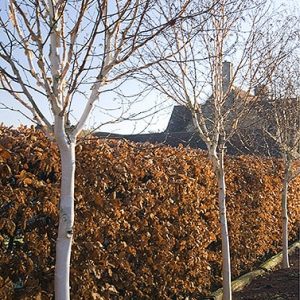
Late into autumn, the leaves remain on European beech (Fagus sylvatica) for superior
privacy in all seasons.
-
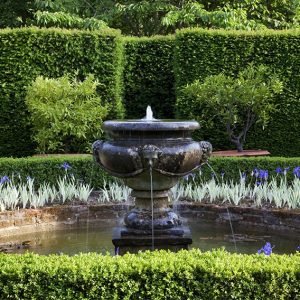
An elegant country garden with a water feature bordered by boxwood (Buxus) hedges and
the
greater part of the garden framed with taller yew (Taxus) hedges.
-
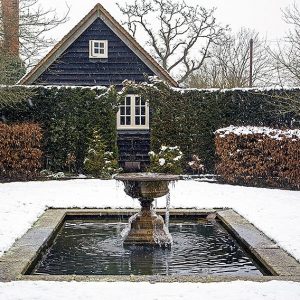
This private courtyard shows two different types of hedges, the evergreen yew (Taxus)
hedges and the uniquely copper-colored European beech (Fagus sylvatica).
-
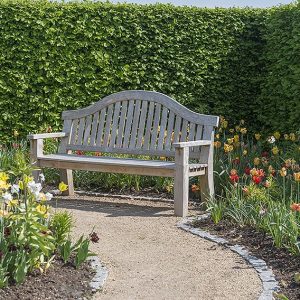
This seating area is thoughtfully enclosed by a European beech (Fagus sylvatica)
InstantHedge.
-
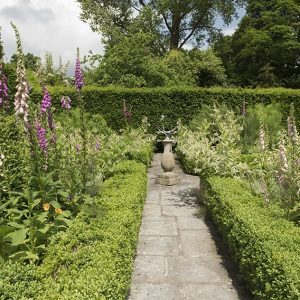
Both boxwood (Buxus) and yew (Taxus) hedges can be used to create a type of park in
this
country garden.
-
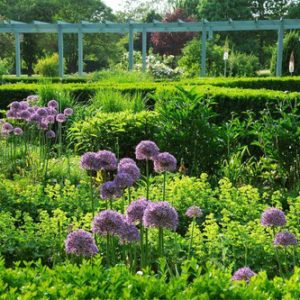
-
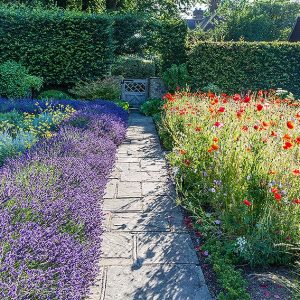
A country or cottage garden such as this feels a bit more cozy when framed by a leafy
hedge like this European beech (Fagus sylvatica).
-
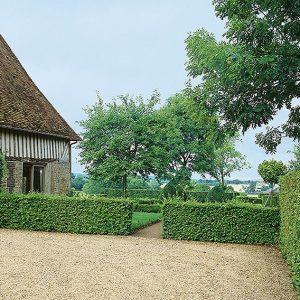
Country charm isn't hard to come by when using hedges to dress up a parking area or
courtyard.
-
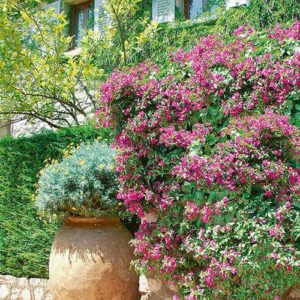
-
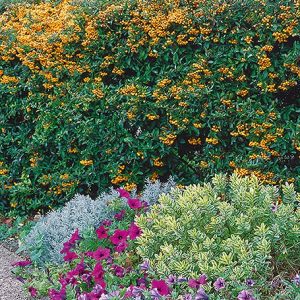
Colorful fruits contrast nicely with flowering plants in front of this firethorn
(Pyracantha) hedge.
-
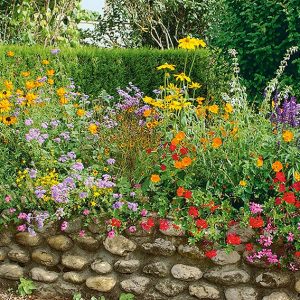
The flowers in this bed look even more stunning when set against the dark green
background of an arborvitae (Thuja) hedge.
-
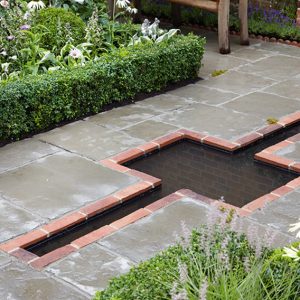
Create an impressive entry by lining walkways with boxwood hedges.
-

Hostas, delphiniums, and other perennials are lovely in the summer, but planting
boxwood
around them ensures year-round interest
-
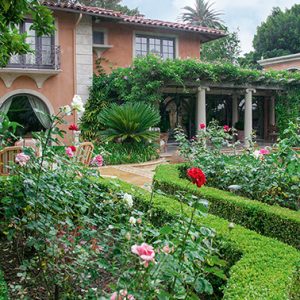
In any type of landscape such as this villa, a boxwood (Buxus) hedge makes a nice
complement to other plants like the roses pictured here.
-
